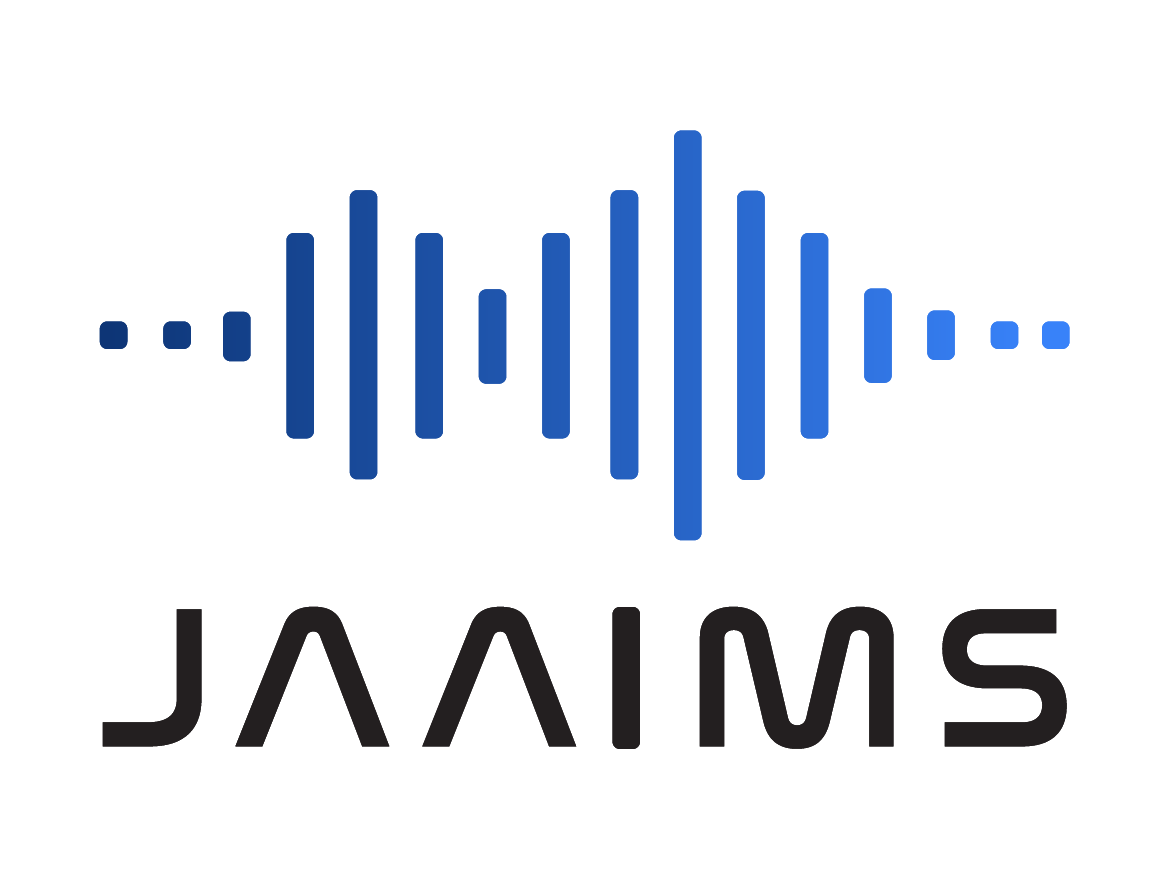This week’s US bank earnings will likely set the tone for the rest of the season, with JP Morgan; Goldman Sachs; Bank of America; Citigroup; Wells Fargo; and Morgan Stanley all set to hand down their latest quarterly results.
All up, those six banks represent a combined market cap of close to $1.5 trillion. So safe to say, a lot is on the line.
Covid smacked US banks in 2020: dour economic forecasts jilted investor confidence and banks made billions in loan provisions in response.
Emblematic of that – JP Morgan – the largest of the banks mentioned above, has seen its share price whipsaw over the last year, trading between a remarkably elongated range of $90 to $167 per share.
Pronounced as that may be, JP – helmed by the impeccable Jamie Dimon – last quarter delivered net revenues of $33.1 billion against net income of $14.3 billion and EPS of $4.50 per share.
JP Morgan, like some of the other banks mentioned above, loosened their loan loss provisions last quarter, boosting earnings in the process and signalling an improved economic outlook.
Despite that solid quarter, analysts aren’t expecting a repeat this Tuesday, when the bank is expected to hand down its latest Q2 results. The average analyst thinks the bank will report EPS of $3.17 per share against quarterly revenues of $30.02 billion as part of the upcoming Q2 – according to Yahoo Finance.
What’s a bank to do with all that cash?
Bump up its dividend for one. In June the bank said it would raise its quarterly dividend from 90 cents to 1 dollar, in the third quarter. The bank also said it would continue buying back stock after green-lighting a $30 billion repurchase program last December.
But what will happen to the stock? Hard to say. Historically at least, JP isn’t trading on an absurd multiple: higher than the bottom of covid, lower than its recent peak, and about steady with its long-term average. And the market in general, is more or less stable.
Truth be told, the last couple of months have been relatively quiet. Yes, inflation fears continue to simmer and there was of course the mini tech sell-off, but really not much else. Don’t yet forget: the Nasdaq is up 15.7% YTD and the S&P 18%.
Investors will likely be more interested in big tech than big banks, but their earnings are a ways off. We’ll likely discuss those next week. Stay tuned.
